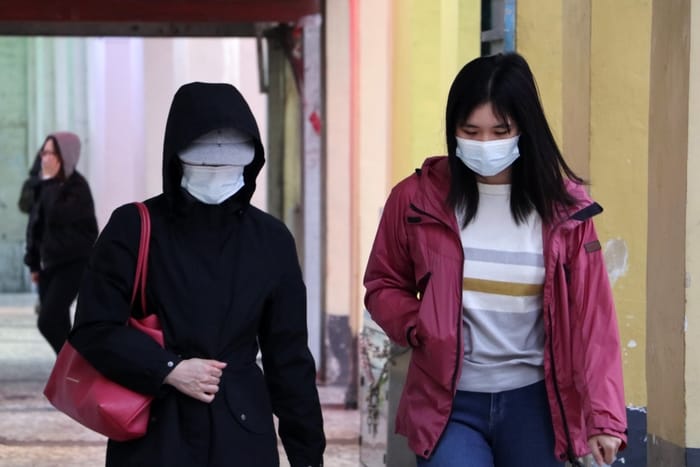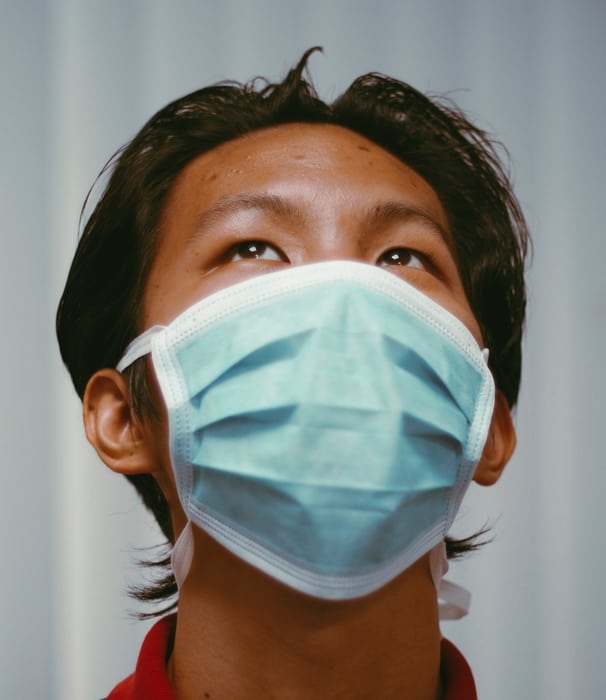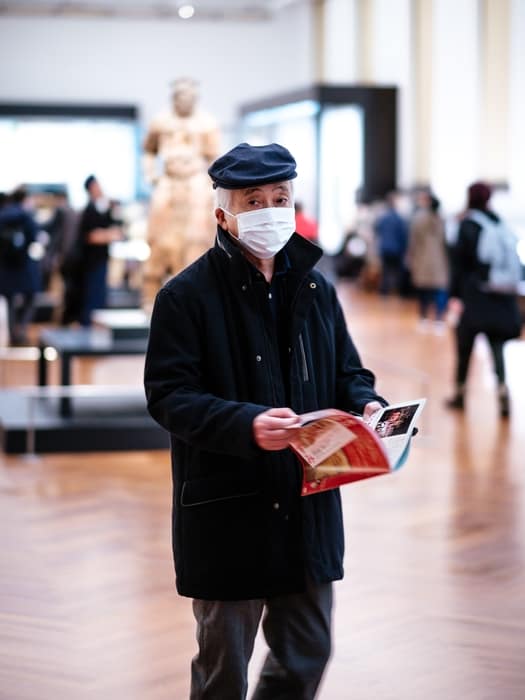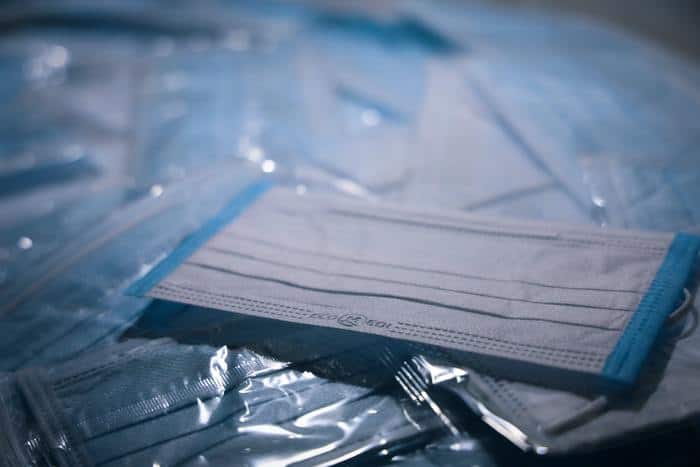Coronavirus Management, Masks, Protective Gear, Thermometers
COVID-19 in Korea: Strategies To Manage Coronavirus
After Wuhan, in late February 2020 Korea became the second international Covid-19 epicentre. Despite a sudden and significant spike in infections initially, the country soon turned the tide, and is now winning the fight against coronavirus. Korea’s advantage over many other countries is their recent experience of the 2015 MERS outbreak, which infected 185 Koreans, killing 65.
This meant Korea already had an adequate stockpile of equipment essential to fight infectious respiratory disease. Unlike many countries in the west, there was no shortage of surgical masks, face masks, temperature scanners, and medical gloves. With residents of Korea already accustomed to wearing facemasks, and hospitals already stocked with specialised N95 masks, as well as FFP2 masks, the Korean authorities had a headstart on many in the west.
It also was this recent experience which led the Korean government to place testing at the heart of the country’s coronavirus strategy. Since late January, when South Korea registered it’s first confirmed coronavirus case, the government have put together a determined and coordinated response which seems to be paying dividends.
By implementing widespread testing almost as soon as the first cases emerged, and a thorough and robust contact tracing system, South Korea has managed to contain the virus and limit its spread through the populace with amazing efficiency.
Korea’s capability to track the virus is not only due to the tracking and monitoring technology already being in place, admittedly a huge advantage over other countries. With the MERS epidemic in living memory, the Korean public required little persuasion to follow the government’s measures.
Data from Korea provides great insights, as the spread of the disease was mapped much more effectively than in other nations. From the first confirmed case on January 20, the number of infections moved to 30, slowly but steadily, by February 17. Then infections seemed to spike suddenly on February 18. Reports surfaced of a 61-year-old woman who had tested positive for the virus. Later dubbed “Patient 31,” she unwittingly became the vector by which the infection would pass to the rest of Korean society.
This single super-spreader, unaware they were affected, travelled as she usually would have, not knowing she was infecting people she came into contact with. She travelled to crowded spots in her home city and also the capital, and to make matters worse, a minor traffic accident meant she was admitted into hospital. She attended church while a patient, and went for lunch with a friend in a nearby hotel. In the following days, hundreds of people from the church and the surrounding areas she had visited tested positive.
Patient 31 highlights the importance of observing social distancing measures starkly. However, it is worth noting that Korea, unlike Italy, Spain, China, Thailand, the UK and parts of the US, did not implement a lockdown. Korea did close it’s schools early, and they were initially scheduled to be reopened on the 6th April. This date has been revised backwards and at present most schools in Korea remain closed.
The outbreak of Middle East Respiratory Syndrome, or MERS, in 2015 took Korea by surprise. MERS is also a coronavirus. There were 185 confirmed cases of MERS in South Korea, making it the largest MERS outbreak outside of the Middle East. During and after this period Korea greatly expanded its track and trace programs, and put in place solid strategies for dealing with future pandemics, lest they be caught unaware again.
It is argued that with recent memories of MERS, the public took the outbreak more seriously than it was initially in some European countries, negating the need for an official lockdown. Although the pace at which the pandemic took hold in South Korea initially surprised authorities, the reaction was swift, decisive and drew on all that was learned from recent experience. A shortage of masks, face shields, protective gear like nitrile exam gloves and infrared thermometers was also reported and solved by rationing. The speed at which they reacted was one thing, but they were one of only a handful of countries outside of China to have the technology to test and to contact trace effectively.
The government themselves point to their transparency in disseminating all gathered information to the public as crucial in maintaining their trust, which in turn makes them more inclined to listen to government advice. Meaning the need for an official ‘lockdown’ is diminished.
So when COVID-19 hit South Korea, it seems that rapid reaction, good government handing, and a robust system of tracking, tracing and testing managed to control the spread of the virus without the need for lockdown conditions. Above all though, it seems that Korea’s level of preparedness for such an outbreak was way beyond many other nations, allowing them to implement their testing programme rapidly and effectively. Need masks and protective suits? Contact Medisupply Warehouse for all your protective gear needs.




